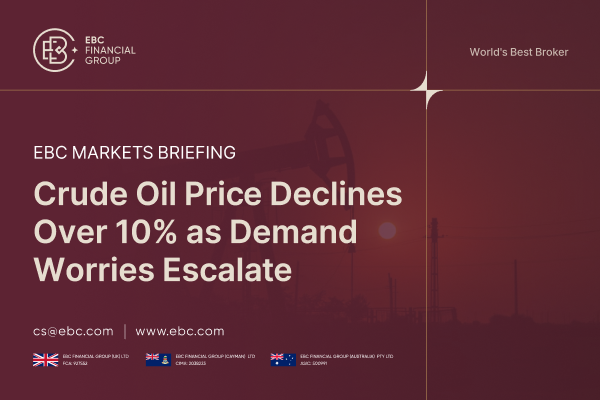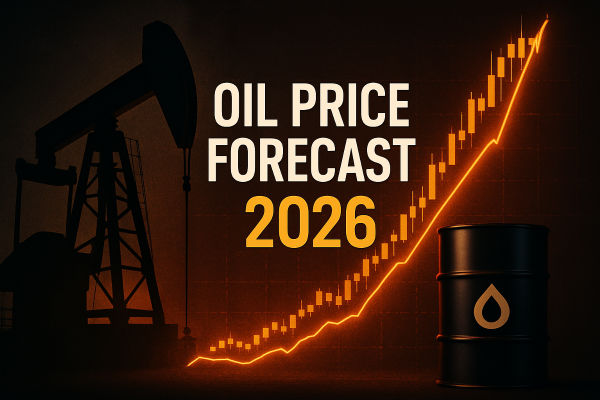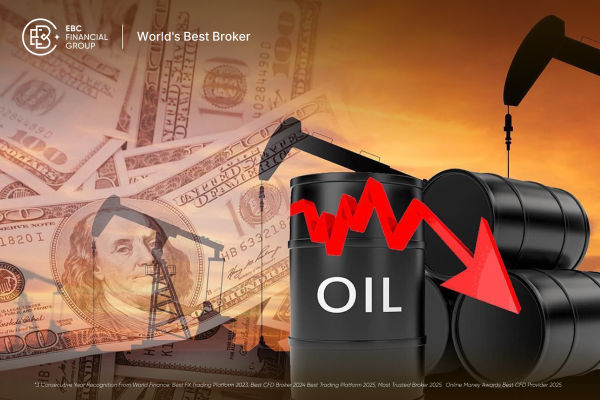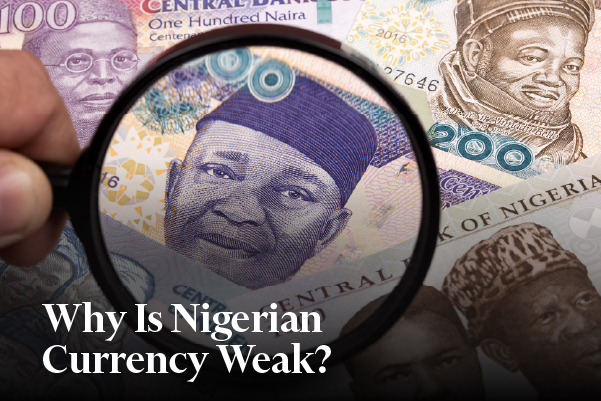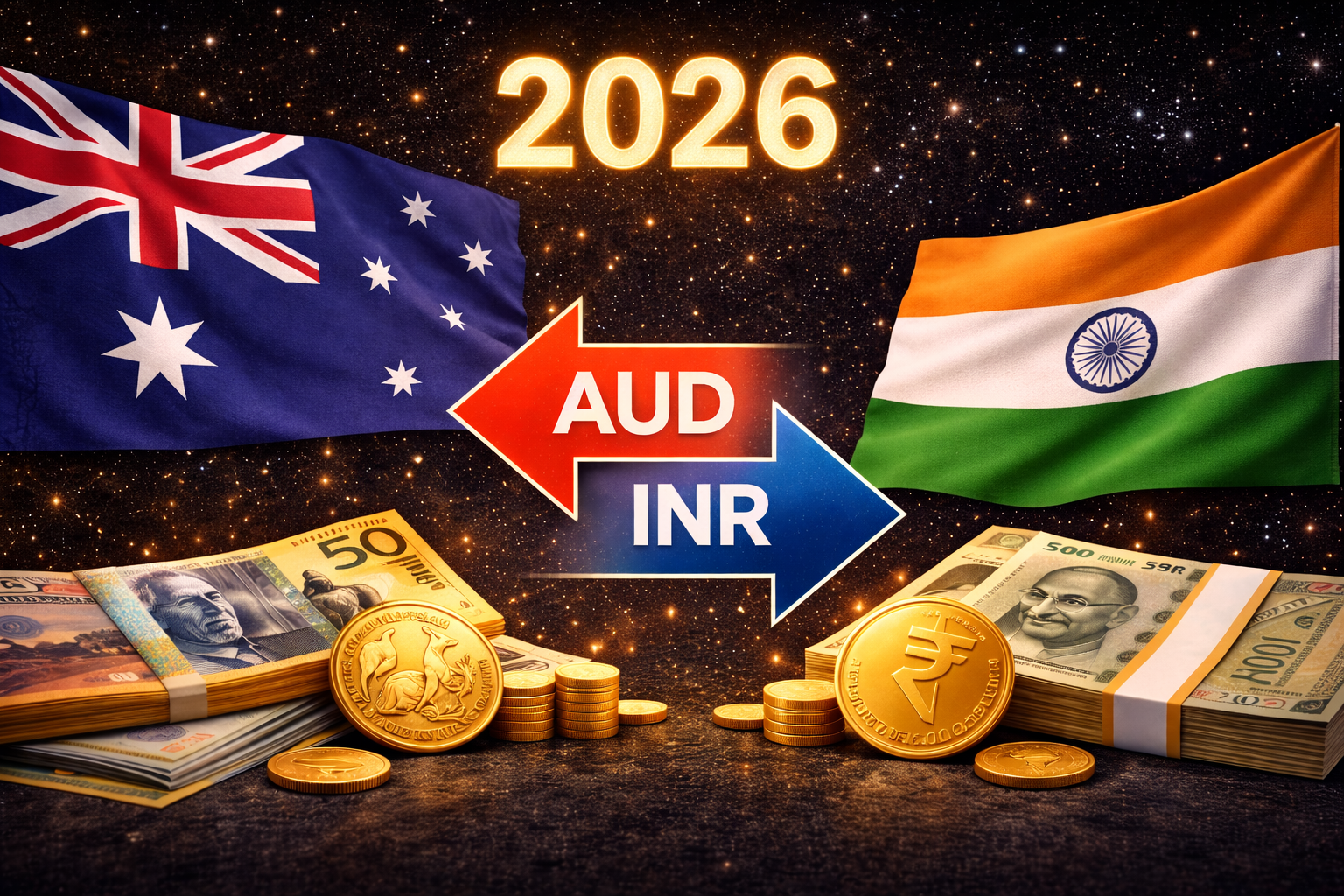The crude oil price has endured renewed volatility in recent weeks, as shifting geopolitical expectations and market speculation continue to weigh heavily on sentiment. Brent and West Texas Intermediate (WTI), the two global benchmarks, have both recorded double-digit declines since the start of the year. Traders have increasingly turned their attention to the evolving diplomatic landscape, particularly discussions involving the United States, Russia, and Ukraine, which could reshape both supply prospects and longer-term energy stability.
Geopolitical Backdrop and Market Sentiment
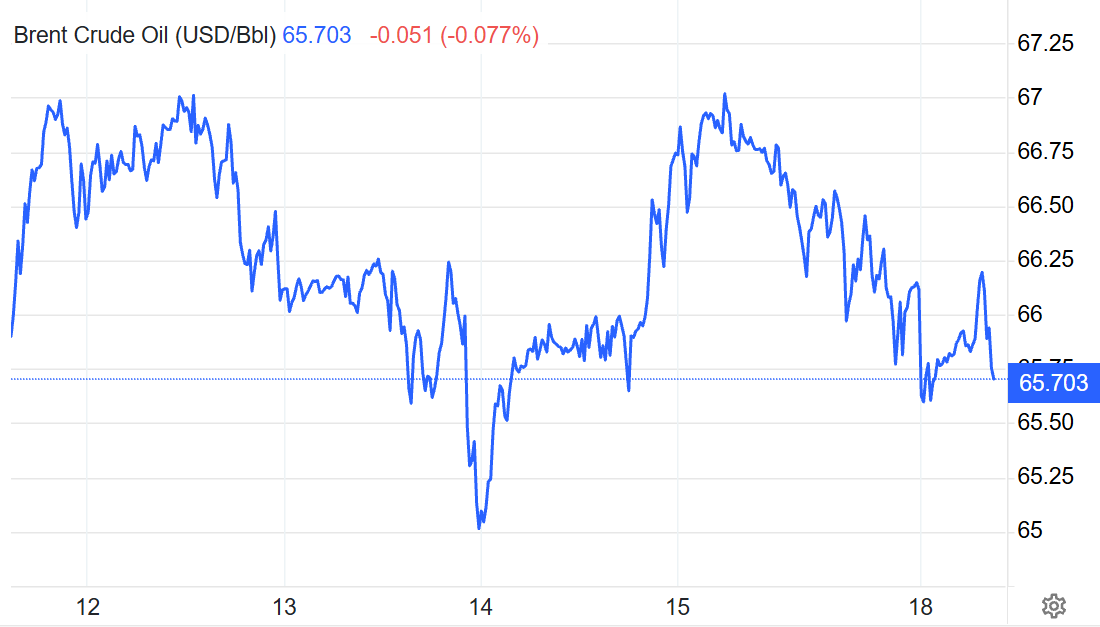
The latest market downturn followed heightened speculation surrounding high-level meetings between US President Donald Trump and Ukrainian President Volodymyr Zelensky in Washington. European leaders, including European Commission President Ursula von der Leyen, French President Emmanuel Macron and NATO Secretary-General Mark Rutte, are set to attend these talks, signalling both risk and opportunity for global energy markets.

Market watchers suggest that the possibility of sanctions on Russian energy exports being eased—should progress be made towards a peace settlement—could materially increase global supply. That prospect, even in its infancy, has already pressured the crude oil price lower. Last Friday, WTI September contracts closed at $62.80 per barrel, down 1.81% on the day, while Brent October contracts ended at $65.85. a 1.48% decline. The downward drift persisted into Monday's session, reinforcing investor unease.
The Trump–Putin Factor
A key trigger for crude oil price weakness has been the outcome of last week's Alaska meeting between President Trump and Russian President Vladimir Putin. While no final agreement was reached, Trump indicated he would encourage Zelensky to accept Russian terms involving territorial concessions, a stance that raised the likelihood of sanctions relief on Russian oil. Secretary of State Marco Rubio remarked that although a peace agreement remains distant, "progress has been made."
Trump has been vocal in his desire for a ceasefire, even threatening to withdraw from the process if talks collapse. Initially, he hinted at harsher sanctions on Russian energy; however, by Friday he appeared more inclined to hold back on punitive measures. This shift in tone has left traders recalibrating their expectations, applying renewed downward pressure to the crude oil price.
Supply and Demand Dynamics
Beyond geopolitics, fundamentals also paint a challenging picture. Analysts note that the uncertainty surrounding US trade policy and the potential rapid return of OPEC+ spare capacity have created a headwind for oil. Robert Rennie, Head of Commodity and Carbon Research at Westpac, warned that while the Washington talks may signal progress, any delay in US tariff action could add to downward momentum in the crude oil price.
Meanwhile, the International Energy Agency (IEA) recently forecast that by 2026 the global oil market could face record surpluses, as rising supply coincides with weakening demand. This projection has fuelled longer-term pessimism, contributing to cautious positioning among investors.
A Market Stuck in a Narrow Range
The crude oil price has been trapped in a narrow, downward-sloping range, reflecting the constant push and pull of optimism over peace talks and concern over supply surpluses. Traders appear unwilling to make bold directional bets until clearer signals emerge from Washington and Moscow. For now, markets remain in a holding pattern, jittery about both immediate risks and long-term structural changes.
Conclusion
The crude oil price continues to be shaped by a potent mix of geopolitics and fundamentals. The prospect of progress in peace negotiations between Russia and Ukraine has paradoxically unsettled markets, as easing sanctions could add supply even as global demand falters. With Brent and WTI already down more than 10% this year, investor sentiment remains fragile. Looking ahead, the interplay between diplomacy, OPEC+ production capacity, and shifting trade policies will be decisive. For energy markets, calm is unlikely to return soon, and the crude oil price looks set to remain highly sensitive to political manoeuvres and economic forecasts alike.
Disclaimer: This material is for general information purposes only and is not intended as (and should not be considered to be) financial, investment or other advice on which reliance should be placed. No opinion given in the material constitutes a recommendation by EBC or the author that any particular investment, security, transaction or investment strategy is suitable for any specific person.
